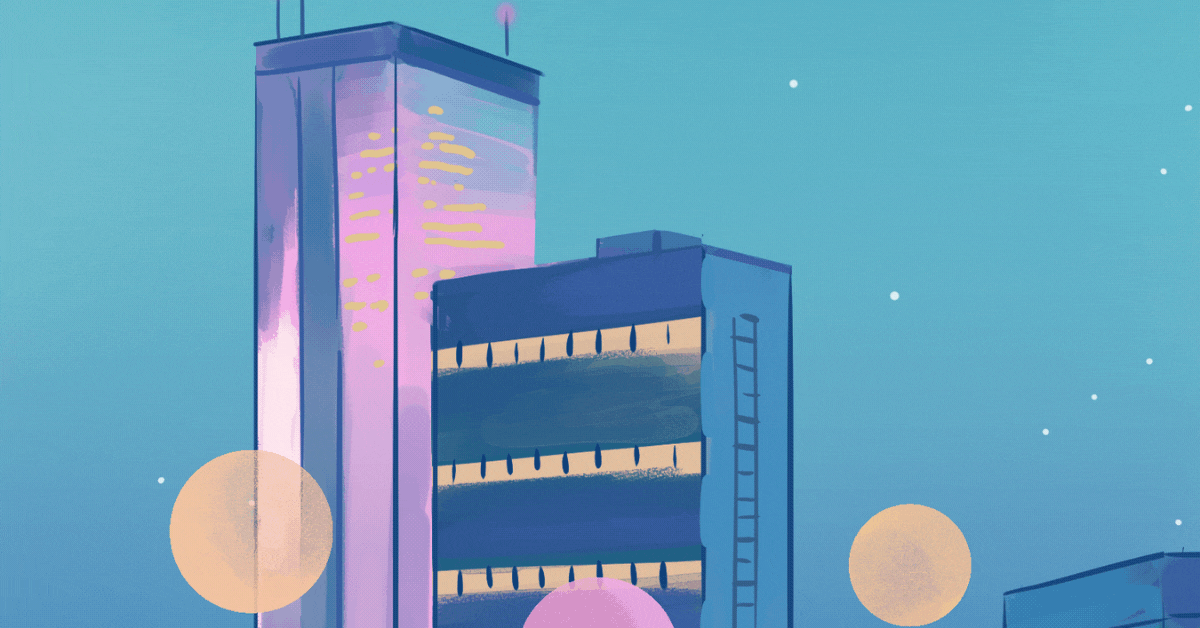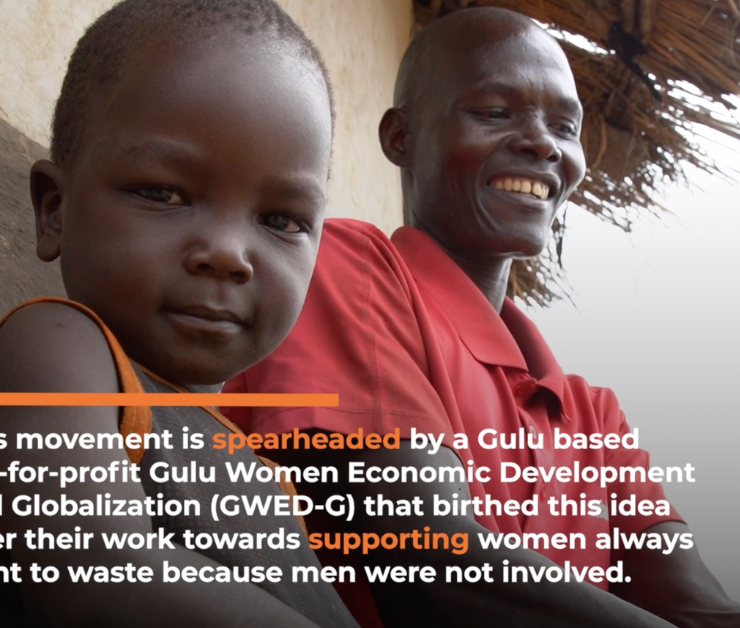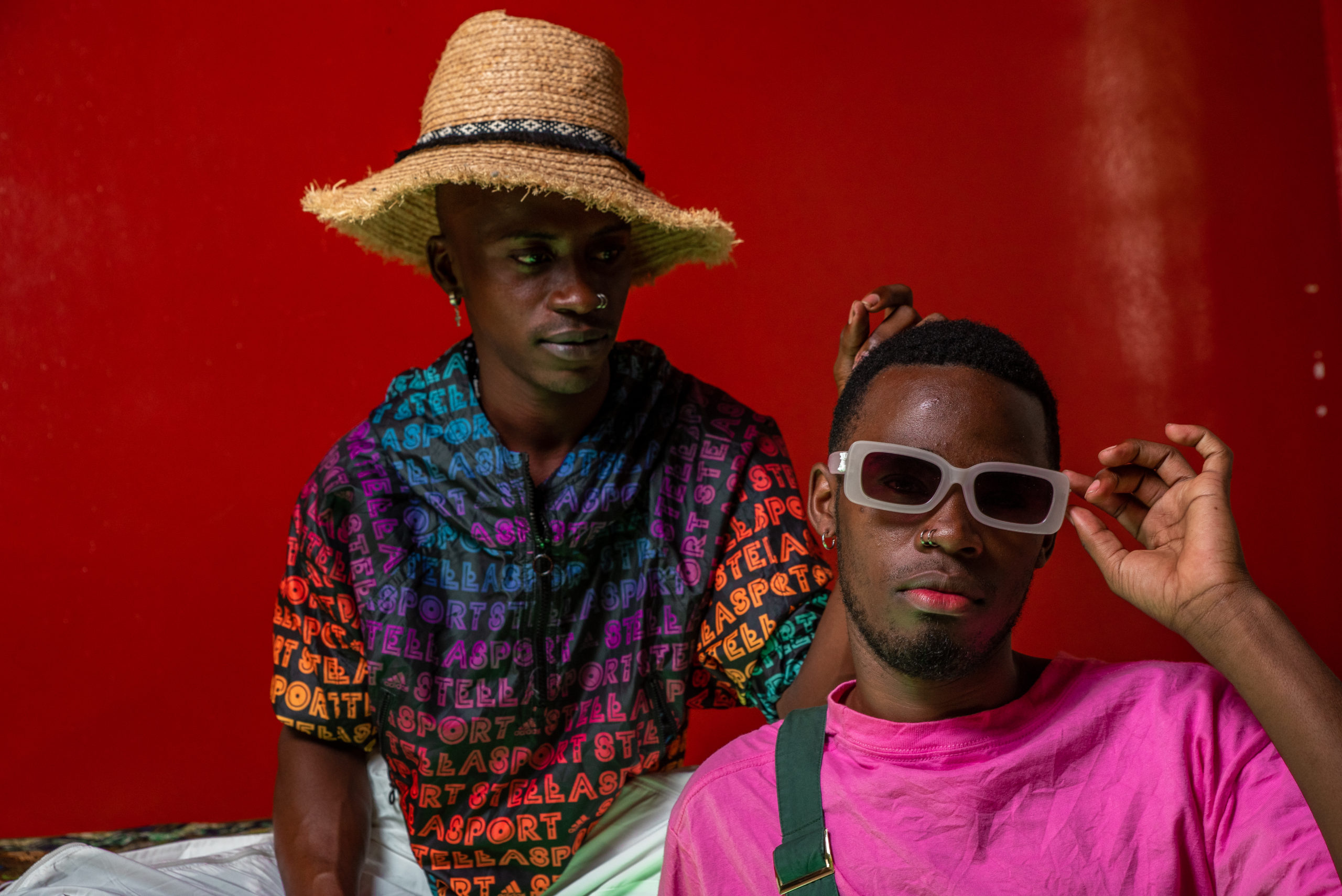Who belongs in Akon City?
- Akon City camouflages as being “for Africans” but its model displaces indigenous and minoritized people to cater to capitalist institutions.

About two years ago, I sat in a cinema and watched Marvel’s Black Panther. I remember being excited as I and other moviegoers were introduced to Wakanda, a fictional African country with advanced technology.
Wakanda was meant to be just that, fictional, yet come 2036, Uganda is set to have something similar, pioneered by Senegalese-American RnB star turned mogul, Akon.
On Monday this week, the government of Uganda announced that it has allocated Akon, who was on an investment trip in the country, one square mile of land for him to begin planning Akon City.
Although many details about this project are still unknown, the city will operate on his AKoin currency, a Stellar-based cryptocurrency.
This is not the first planned futuristic city on the continent that Akon is vested in. He is also working on the development of a similar cryptocurrency-based town in Senegal, also known as Akon City.
The high-tech city will feature luxury houses, seaside resorts, eco-friendly tour centers, office parks, shopping malls, a university, and a hospital — all of which, according to the rapper, “may be an hour [or] two-hour flight from anywhere in Africa.”
While the computer model of the $6-billion solar city is certainly mind-blowing, it is important to interrogate who will belong to these futuristic cities, who they ultimately exist to serve, and what the cost of their materializing will be.
The problem with Akon City is that it functions on a premise that cities can only be built with the displacement and exploitation of indigenous people, which is the same framework within which colonialists functioned across the African continent.
The institution of colonialism was upheld by the belief that Africans, especially poor Africans, belonged less in their lands and knew less about the lands than colonialists, merely because of whiteness.
While the dynamics are different in this instance, capitalism normalizes, empowers, and encourages white supremacy; and when Black elites like Akon fight to uphold capitalist systems at the expense of Africa’s most vulnerable people, they are effectively sustaining white supremacy.
There is a need to understand and defend the communities, many of them rural and minoritized, who will be affected and possibly lose their homes to the construction of these cities and yet not be included when it is completed.
In Mbodiene and Pointe Sarene, the rural future home of Akon’s Senegal-based city, for example, farmland has been lost and many villagers who are owed compensation have not been paid.
The government of Senegal declared in 2014 that 1.8 billion CFA Francs ($3.35 million) was owed to 385 people for a total of 504 hectares in Mbodiene and 110 hectares in nearby Pointe Sarene.
For Uganda, my home country, which is still battling with land disputes and grabbing, a replication of this scenario is scary. 73% of Uganda’s population depends on farming, with 83% of women engaged in agricultural activities.
Every time the government gives away land to “investors” without clearly defined projects, this action has severe consequences on the most vulnerable people among us who are dependent on the land.
Minoritized communities and women continue to be placed at the mercy of multinational corporations and, well now, ‘good-intentioned’ Black investors.
It is also not the first time Uganda is gazetting land to build a city. In 2013, the Naguru-Nakawa Satellite City project was launched.
It was dubbed “New Kampala” and the 160-acre land, formerly home to low-cost housing units, was to be redeveloped to comprise newer flats, bungalows, commercial buildings, a five-star hotel, a referral hospital, schools, houses of worship, and recreational facilities.
These housing units were pulled to the ground and in 2019, Uganda’s parliament cancelled the project after the Uganda branch of the UK-based development company failed to set up the city.
Some may argue that futuristic cities like Akon City will usher in development and increase tourism. Of course, if computer impressions of the Akon City in Senegal are anything to go by, then many will flock to the “Dark Continent” to see how such a city can exist in “impoverished” Africa.
Yet it’s important for us to not be carried away with excitement and forget the harm investments like these can cause to indigenous people.
In her famous TED Talk, “Who belongs in a city?” Nigerian writer OluTimehin Adegbeye says, “The “why” of cities is largely the same….the “how” of cities, however, is a whole other story. How are they run? How do they grow? How do they decide who belongs and who doesn’t?”
Many times, the answer to this question is similar from city to city, whether futuristic or in present times: cities decide to take out the most vulnerable demographic it views as its “weakest links.”
With futuristic cities, this is even more visible as any profile that doesn’t fit the projected ideal is discarded while those who can afford it, that is the rich, are retained.
This was the case in the ‘70s in India when a group of white people decided to build a city. The city, Auroville, was portrayed as a utopia and it was designed by French architects and founded on the idea of human unity.
Yet despite the fact that the government of India donates thousands of dollars in taxpayers’ money to the city, it is not accessible to everyone.
If Akon City is necessary at all, then it must happen from the ground up and it must include the experiences and expertise of local people.
We’ve seen this happen in Uganda with Okere City, but the Akon City plan in Senegal is short of the above. The lack of Senegalese names attached to the project has not gone unnoticed.
The firm in charge of construction, KE International, is American, and the architect who sketched the first renderings, Hussein Bakri, is based in Abu Dhabi. These are patterns that reinforce colonial ideologies that the needs and knowledge of indigenous people did not and do not matter.
Akon City in Senegal will start construction this year and is expected to be completed in three years. But I believe there’s a need for introspection at an individual level.
What is the obsession with being a futuristic city as opposed to being a village or town that works? Are we interrogating enough the white supremacy and white organization at the root of some of these drives?
Akon City wants young rural farmers to work in offices but do they want that for themselves? How does whiteness continue to force our alignment in ways that we might not even recognize?
I’ll answer these questions personally and you should, too, knowing that Africa does not have to be futuristic to matter. We do not need to be advanced tech cities to be worthy of humanity, agency, dignity, and respect.
We matter as is and that should always be enough.
Journalist at large.






